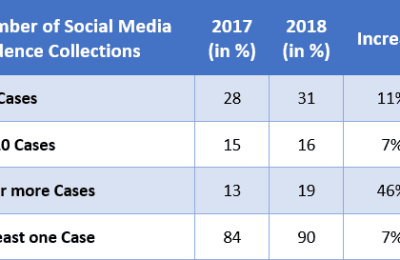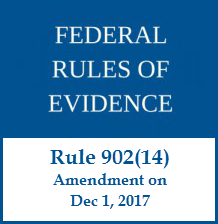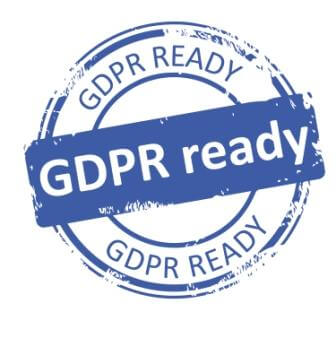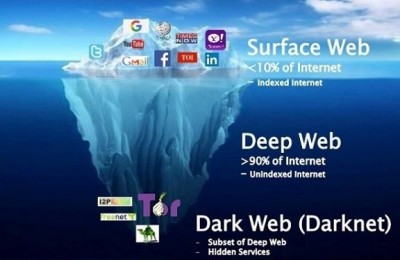As Founder and Executive Chairman of X1, John leads the company’s strategy and business development efforts. He has an extensive background and expertise in eDiscovery and corporate compliance, combining strong knowledge of both the law and the supporting technologies in those areas. Prior to joining X1, John served as a consultant providing strategic planning and product strategies to eDiscovery and compliance solution providers. John also spent nearly a decade at Guidance Software, Inc. (NASDAQ: GUID) where he held senior management positions, including Chief Strategy Officer, Vice Chairman, Chief Legal Officer and President and CEO. While at Guidance, John led the transition of the company from start-up to a major enterprise software firm and grew revenues from $5 million to $40 million during his tenure.
Prior to joining Guidance, John spent eight years practicing law in the fields of commercial litigation and business transactions. John received an undergraduate degree from the University of Southern California and a JD from the Santa Clara University School of Law.
As succinctly noted by The Florida Bar Association in its publication, Florida Law Journal: “Social media is everywhere. Nearly everyone uses it. Litigants who understand social media–and its benefits and limitations–can …
By John Patzakis Social Media evidence collection for judicial and compliance purposes can involve web collection techniques using artificial or “examiner” accounts in order to access and collect public information. …
Social media eDiscovery has been impacted by far greater forces in recent months. In response to the Cambridge Analytica scandal and other similar bad actors, the social media platforms have …
Here is a quick legal evidence quiz: Identify the three distinct hearsay exceptions in the following Tweet: The first exception would be under Federal Rule of Evidence 803(2): “Rule …
AI-driven analytics supercharges compliance investigations, data security, privacy audits and eDiscovery document review. AI machine learning employs mathematical models to assess enormous datasets and “learn” from feedback and exposure to …
The International Legal Technology Association recently published a very informative and comprehensive law firm eDiscovery practice survey “2018 Litigation and Practice Support Survey.” ILTA received responses from 181 different law …
Recently, US Government regulators fined Stanley Black & Decker $1.8m after its subsidiary illegally exported finished power tools and spare parts to Iran, in violation of sanctions. The Government found …
Federal Rule of Evidence 902(13)(14) is now in effect and is already significantly impacting computer forensics and eDiscovery collection practices. We are now seeing multiple case citations of FRE 902(13)(14) …
The European General Data Protection Regulation (GDPR) came into full force in May 2018. Prior to that date, what I consistently heard from most of the compliance community was general …
The Sedona Conference® (“TSC”) has just published the 2nd edition of their very useful Primer on Social Media. Sedona is a very influential organization so this is an important development further underscoring …
The New York Appellate Division allowed discovery into the non-public information of the social media accounts of a former professional basketball player relevant to his personal injury claims arising out …
eDiscovery efforts are often costly, time consuming and burdensome. The volume of Electronically Stored Information is growing exponentially and will only continue to do so. Even with the advent of …
In his recent blog post, X1 CEO Craig Carpenter discussed the inability of any software provider to solve a critical need by delivering a truly scalable eDiscovery preservation and collection …
Editor’s Note: The following is a blog post published by eDiscovery expert Chad Jones, Director at D4 Discovery, regarding D4’s extensive testing and validation of the integration of R1 and …
Small v. University Medical Center is a recent 123-page decision focused exclusively on issues and challenges related to preservation of electronically stored information in a large enterprise. Its an important ESI …
The dark web is a component of the World Wide Web that is only accessible through special software or configurations, allowing users and website operators to remain anonymous or untraceable. …
Time to reevaluate tools that rely on systemic data duplication The European Union (EU) General Data Protection Regulation (GDPR) became effective in May 2018. To briefly review, the GDPR applies to the …
















